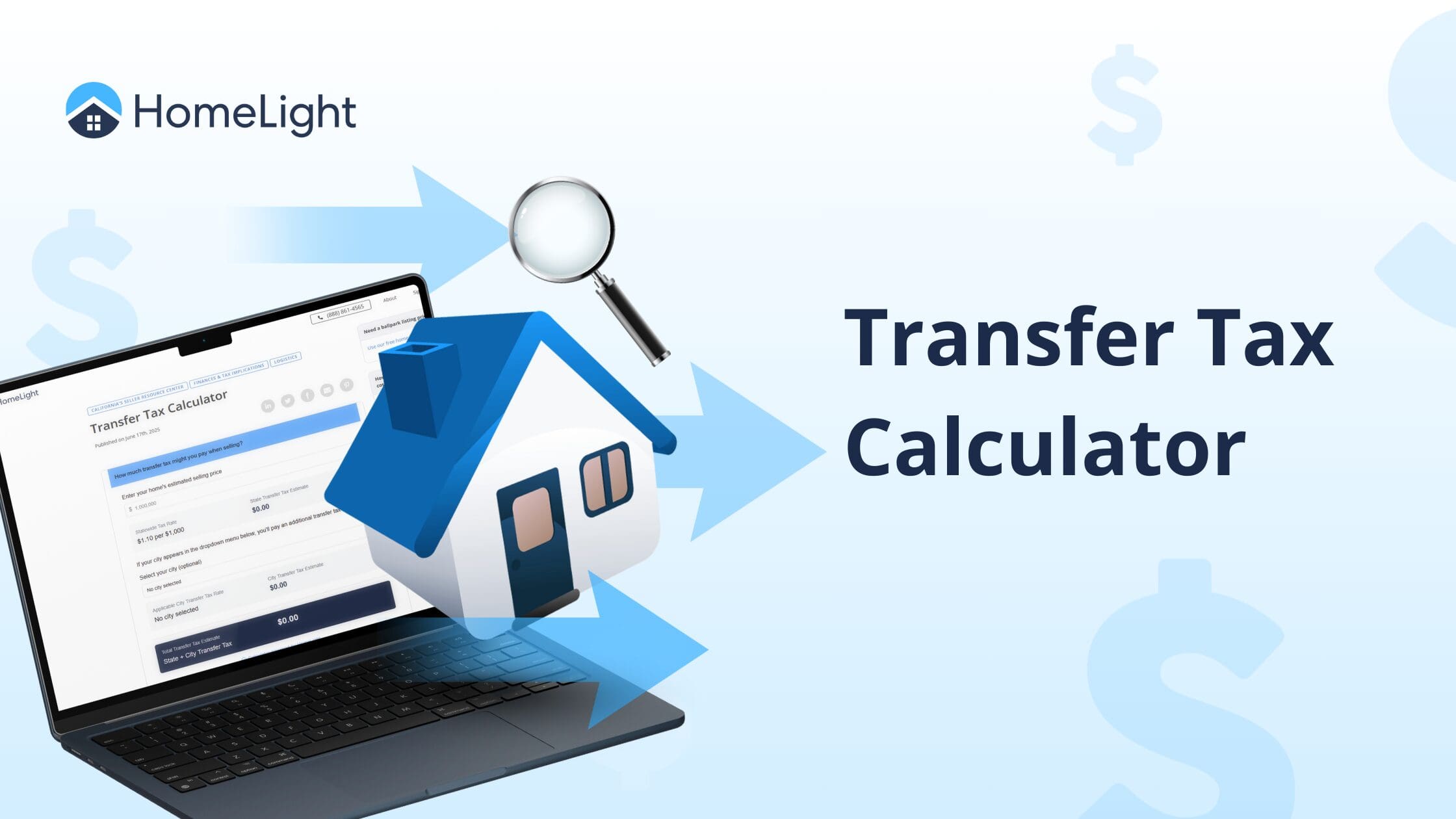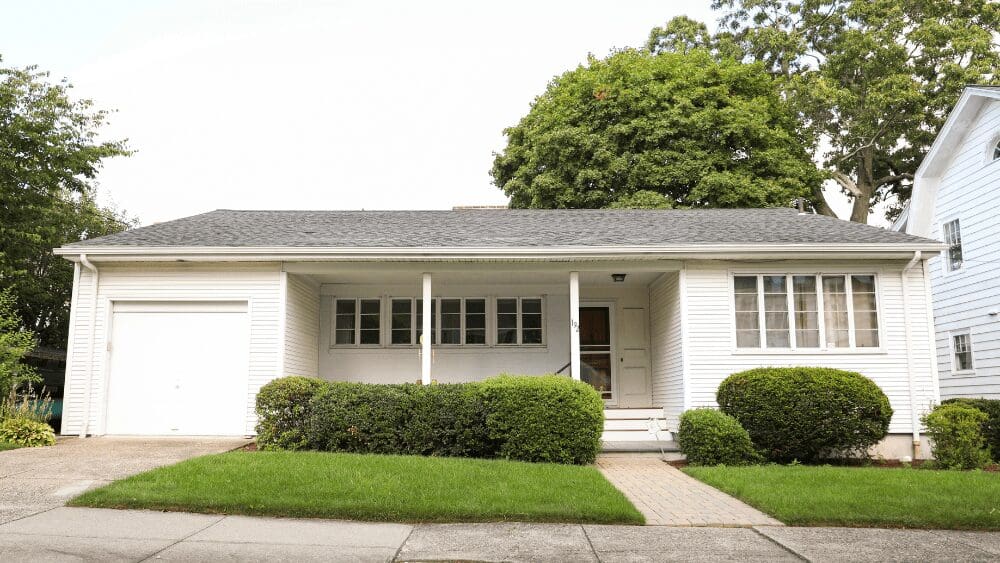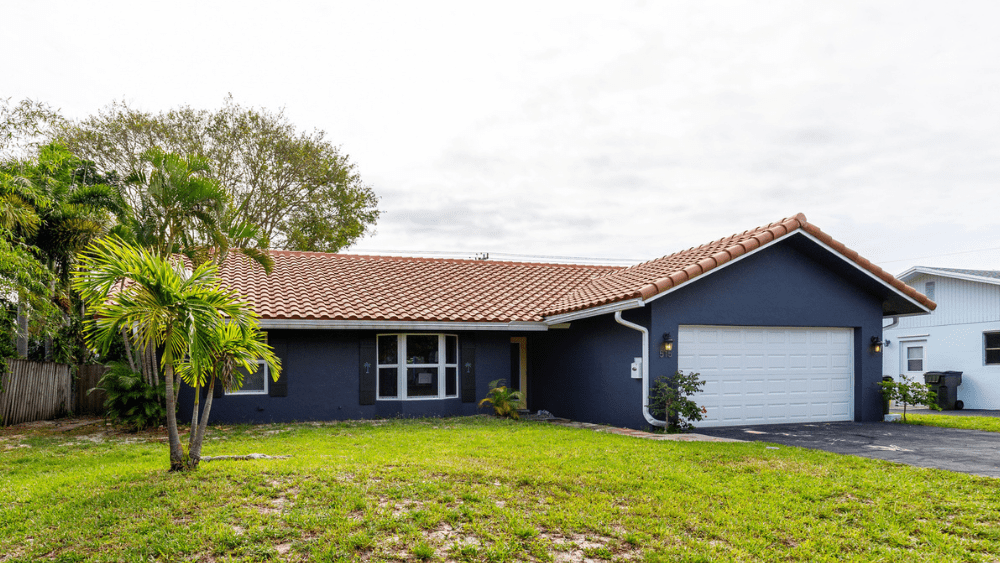
Does the idea of buying a fixer-upper and quickly gaining thousands of dollars in equity by making minor cosmetic repairs appeal to you? If so, then the 203k loan may offer a way to finance your plans, but first, you’ll need to know both what this loan is and how to get a 203k loan. The Section 203(k) Loan Program is a Federal Housing Administration (FHA) program that lets you finance both the purchase price of a home and the cost of repairs to the home with a single loan. It’s widely regarded as one of the best financing programs for people who want to buy, fix, and live in a home. “The 203(k) loan is one of the best products in real estate when it’s used as an effective tool,” says Eric Forney, an Indianapolis real estate agent who sells his clients’ listings an average of 41% faster than the typical agent in his market. In addition to 12 years of experience as a real estate agent, Forney has personal experience using a 203(k) loan to purchase and fix up his first home. What’s a 203(k) loan? Many mortgage lenders will not finance the purchase of a home that needs significant repairs. The Section 203(k) program, by contrast, is specifically designed to provide funds to both buy and renovate, upgrade, and repair a home. This makes it ideal for homebuyers who can see the potential in properties that aren’t necessarily dream homes, 100% ready for occupancy. A 203(k) loan is an FHA-backed rehab loan that lets you borrow money to pay for both the cost of the home and any needed repairs. A 203(k) loan can be an excellent way to gain large amounts of equity soon after buying the home. That’s because a home in need of repair will often sell for significantly less than it would be worth after those needed repairs are made. For instance, a home that would be worth $300,000 in tip-top condition might sell for $250,000 as-is. With the help of a 203(k) loan for $275,000, a buyer could have enough money to purchase the home and pay for all the repairs. The result could be a home worth $300,000 that only cost the buyer $275,000. And that difference of $25,000 is equity in the home that now belongs to the new buyer. The 203(k) loan also has some limitations. For instance, it’s not suited for flippers or investors who don’t plan to live in the home after the purchase. And it requires patience and flexibility to navigate the 203(k) lending process, which takes longer and is more complex than other more common financing methods. But for the right buyers, a 203(k) loan can be an effective and efficient way to finance a fixer-upper purchase. Here are some specifics around 203(k) loans and what buyers should know. Like borrowers who use other FHA loans, 203(k) borrowers have to pay mortgage insurance. This includes 1.75% of the loan amount paid at closing, plus additional monthly mortgage insurance payments for the lifetime of the loan. There are two types of FHA 203(k) loan: “Limited”(formerly known as “streamline”) and a standard 203(k). All told, a 203(k) loan involves considerably more paperwork and upfront effort, as well as following strict guidelines, than other types of loans. But it can be worth it! “I used it,” Forney says. As a “broke 25-year-old kid,” he explains, he used a 203(k) loan to buy a house that, among other problems, had a mold issue. He had the needed work done and sold it three years later for a sizable gain. “I got the repairs done at a much lower cost than if I was paying for them secondhand from the seller, and got a much greater return from an investment perspective,” Forney says. “I love the product in that regard.” Any buyer who can qualify for an FHA loan can typically qualify for a 203(k) loan. These requirements include: The main restrictions are related to the property, not the borrower. The key requirements are: If you are buying a multi-unit property, you’ll need to live in one of the units. If you’re using a limited 203(k) loan, then the home has to meet minimum safety and health requirements. Another stipulation of the limited 203(k) loan is that you have to live in the house while repairs are done. Of course, this means the home has to be suitable for habitation. Not just any repair can be paid for with a 203(k) loan. The limited 203(k) loans are more restrictive, while the standard 203(k) loans allow more types of work to be done. Repairs that can be done using a limited 203(k) loan must meet the following parameters. Here are some changes that are allowed with a limited 203(k) loan. For a standard 203(k) loan, you’ll see slightly different parameters around the loan itself as well as repair requirements. Limitations (such as prohibitions against luxury add-ons) apply to both standard and limited 203(k) loans, but you can do almost any kind of repairs with a standard 203(k), including: With either loan, you can’t do non-permanent improvements, such as replacing furniture or installing satellite dishes. One nice thing about the standard loan is that you may be able to include up to six months’ worth of mortgage payments in the loan amount. The benefits of a 203(k) loan include the ability to fund both purchase and repairs with a single loan. Because it’s an FHA loan, more borrowers are eligible than for a conventional loan. And FHA terms, including interest rates and down payments, can be more favorable than other loan types that allow for repairs. Also, because you’re buying a home that needs work, you won’t find as much competition from other buyers, especially owner-occupants. This could potentially let you save money on the purchase price. Since you’re borrowing to fund repairs, you can hang onto the cash you might have otherwise used. And you can quickly build equity by increasing the value of home after completing repairs. On the downside, 203(k) loans are a lot more work. You’ll have to identify a home that needs work that can be covered by a 203(k) loan. You’ll need to locate approved contractors, decide which projects need to be done, get the estimates for the work, have your projects approved by the lender, and coordinate among all the contractors. A 203(k) loan takes longer to complete than another FHA loan, potentially up to 60 days instead of 30 days. You will also pay a somewhat higher interest rate with a 203(k) loan and may be limited by the lower maximum loan amounts allowed with the FHA program. And, finally, there may be more fees attached to this type of loan, including fees for inspections and engineering reports. The 203(k) loan is not for do-it-yourselfers. You need to hire only professional, approved contractors. This means repairs will probably cost more than if you completed them yourself. Not all lenders will offer 203(k) loans, so your search for a lender may take more time and energy. And FHA loans require mortgage insurance, which could increase your monthly mortgage payment by hundreds of dollars. In today’s market, well-financed institutions can pay cash for fixer-uppers for rental or resale. This can make it tricky to buy a home with a 203(k) loan. If a 203(k) loan isn’t for you, you may be able to use a home equity loan or line of credit, cash-out refinance, or personal loan to pay for repairs on a home you are planning to buy or already own. Fannie May also has a HomeStyle Renovation mortgage that can work similarly to an FHA 203(k) loan. A 203(k) loan can be great for the right kind of buyer. If you have extra time to spend finding a suitable home, lender, and contractors, and are detail-oriented enough to oversee the project approval and completion process, this could be a good way to finance a home purchase. On the other hand, a 203(k) loan may not be good if you are in a hurry to move, lack the time or energy to cope with the added paperwork, or just want a home that’s ready to move into without requiring any repairs. If motivation is the issue, it may help to understand that a 203(k) loan can be a smart financial move. “There’s a lot of friction in the process,” but “you can get a heck of an equity position if you do it right,” Forney says. Every home, repair project, and borrower are different. But the process of getting a 203(k) loan does tend to follow some broad outlines. Here are the steps to getting a 203(k) loan. Part of the proceeds of the loan will go to pay the seller. The rest will go into escrow and will pay the contractors as work is completed. Some details will be different depending on whether you have a standard or limited 203(k) loan. For instance, a limited 203(k) borrower must occupy the home while repairs are done. After moving in and starting work, you may still have to make updates. For instance, change orders are required when the requirements for completing a repair turn out to be different than originally envisioned. Getting change orders approved by the lender can be time-consuming and frustrating. That’s one reason why it’s important to be thorough when preparing project estimates. Does an 203(k) loan sound like it would be worth the trouble? You always can make your homebuying process easier if you work with an experienced real estate professional. That’s even more relevant when doing a 203(k) loan. “It’s a great tool when it’s used right,” Forney says. “But you have to work with an agent that knows how to work the process.”How does a 203(k) loan work?
Who is eligible for a 203(k) loan?
What types of repairs can you do with a 203(k) loan?
Limited 203(k) loans
Standard 203(k) loans
The pros and cons of a 203(k) loan
Is a 203(k) loan right for you?
6 steps to getting a 203(k) loan



